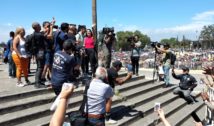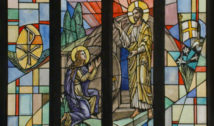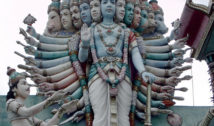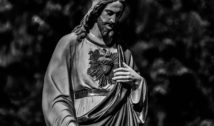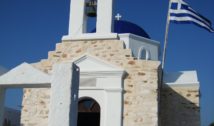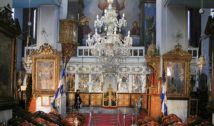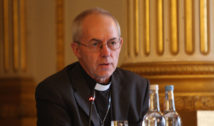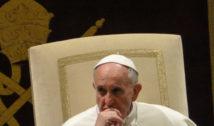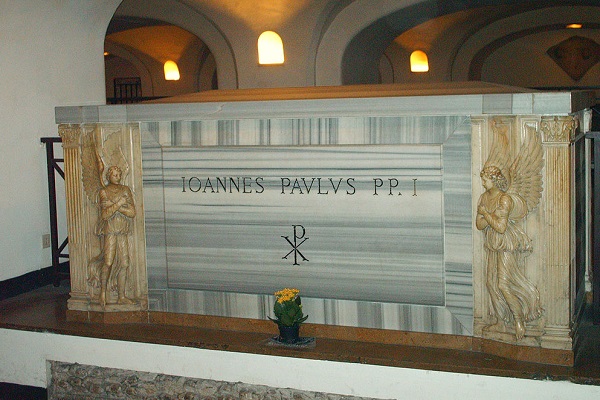
New Book Sheds Light on Conspiracy Theories Surrounding Pope John Paul I’s Death
- By Nathan Glover --
- 07 Nov 2017 --
![By it:Utente:Riccardov (Own work) [Public domain], via Wikimedia Commons](http://www.worldreligionnews.com/wp-content/uploads/2017/11/1024px-Tomb_of_pope_Johannes_Paulus_I-1.jpg)
Pope Francis is soon going to sign a decree instating the ‘heroic virtue’ of the late Pope, a huge leap in the Canonization cause
The cause for the canonization of Pope John Paul I will receive fresh impetus with the publishing of a new book clearing up the conspiracy theories[/tweetit] going around about his sudden death. Pope John Paul I’s reign lasted only for 33 days, one of the shortest in history. As a pope who gained a reputation for being extremely progressive for his time, theorists popped up from everywhere crying foul at his death.
New Book Sheds Light on Conspiracy Theories Surrounding Pope John Paul I’s Death[/tweetthis]
The book has been written by Vatican Journalist Stefania Falasca and is titled, Pope Luciani, Chronicle of a Death. The book was written after careful and exhaustive research and study of documents by Falasca, even of secret documents that she, as vice-postulator of Pope John Paul I’s cause, had access to. According to her book, his death was discovered by two nuns who were in charge of taking care of the pope. This is contrary to the original information that the Vatican released, saying that the Pope’s death was discovered by one of his secretaries.
As per Falasca’s research findings, one of the two nuns, Sister Vincenza, was a bit surprised when she saw that the pope had not yet come out to take his coffee which she had placed in the sacristy at the usual 5:15am. Upon finding no reply from within when she knocked on the door, the nun opened the door herself, finding that the pope had passed away in his sleep. She then informed Sister Margherita, the other nun, about what she had discovered. Now 76, Sister Margherita recounts “I touched his hands, they were cold, and I saw, and was struck by the fact that his nails were a little dark.”
The previous evening, the pope had suffered a bout of severe pain in the chest while praying vespers with his secretary before dinner. Although his secretary, Msgr. John Magee suggested calling the doctor, the pope refused to see a doctor, saying that the pain would pass soon, which it eventually did.
In new book revealed that Pope John Paul I died of an overlooked illness; died same night he suffered an extreme chest pain https://t.co/et7vbfeI7h
— Fr. Kevin M. Cusick (@MCITLFrAphorism) November 4, 2017
It would be interesting to note at here that it was Pope John Paul I who did away with the royal usage of ‘we’ when referring to the self, as popes traditionally have done. He also did away with the papal tiara and the portable throne on which the pope used to be carried around.








